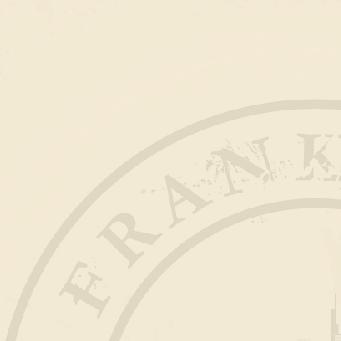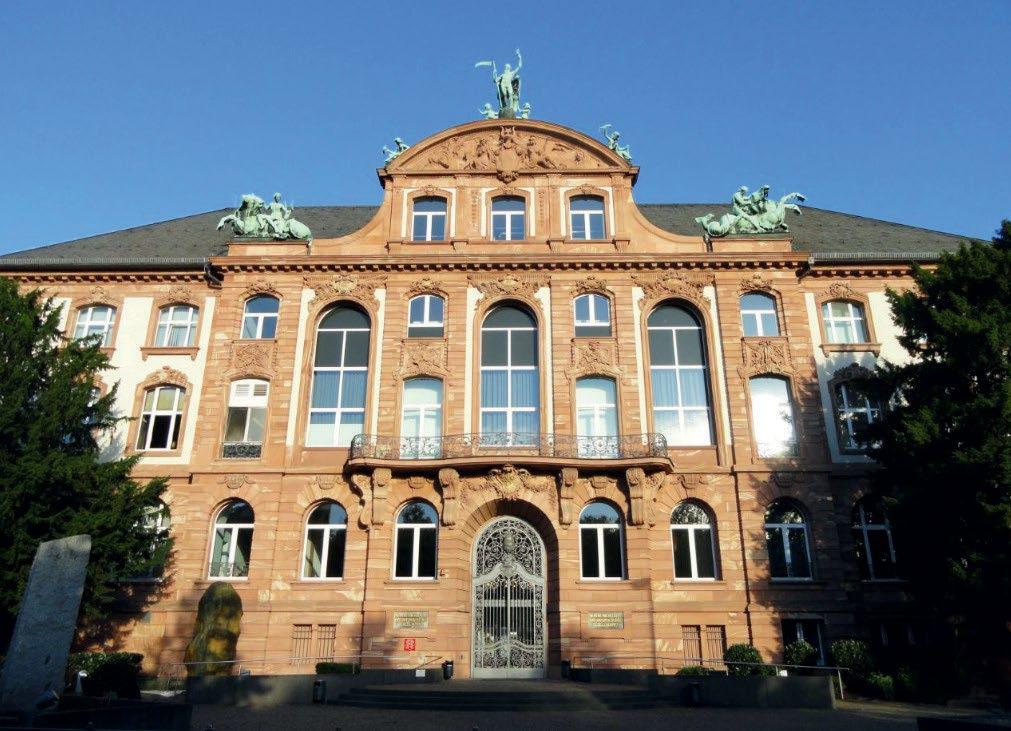
1 minute read
RÖMER


Advertisement
Römer, the medieval building is one of the city’s most iconic, important and signi cant landmarks which is a part of the Römerplatz in the Altstadt or the old town of Frankfurt. Located opposite old St. Nicholas Church, it served as Frankfurt’s city hall for more than six centuries and while it has undergone some modi cations over time, in essence, it still remains a heritage masterpiece. Comprising several houses and six courtyards from di erent eras, the three-story complex currently spans around 10,000 sqm. In the olden days, the building was a trading hub and location for Frankfurt’s famous book fairs but is now used mainly as a wedding and o cial function venue. Several rooms in the building, which include a restored Kaisersaal otherwise known as an Emperor Hall, are not normally open to the public, but the building is de nitely worth a visit to capture a memorable photo of the iconic three-peaked neo-Gothic facade.

specimens preserved in uid. In 1763 Johann Christian Senckenberg donated his entire fortune to establish a community hospital and to promote scienti c projects. Soon a er, Johann Georg Neuburg too donated his collection of bird and mammal specimens to the society.Popular attractions include a Diplodocus, the crested Hadrosaur Parasaurolophus, a Psittacosaurus with bristles and fossilized stomach contents, an Oviraptor, the Tyrannosaurus Rex and the Triceratops. e Senckenberg Museum also has a large collection of animal exhibits from every era of Earth’s history such as eld mice, reptiles, sh and a predecessor to the modern horse that lived about 50 million years ago and stood less than 60 cm tall. e most unique in Europe is a cast of the famous Lucy, an almost complete skeleton of the upright hominid Australopithecus Afarensis. Historical cabinets full of stu ed animals are arranged in the upper levels of the museum; one can see one of twenty existing examples of the quagga, which has been extinct since 1883. In 2003, a new reptile exhibit which addresses both the biodiversity of reptiles and amphibians and the topic of nature conservation was added to the museum a er remodelling.










